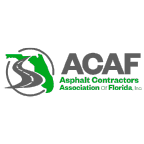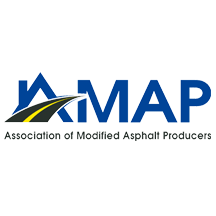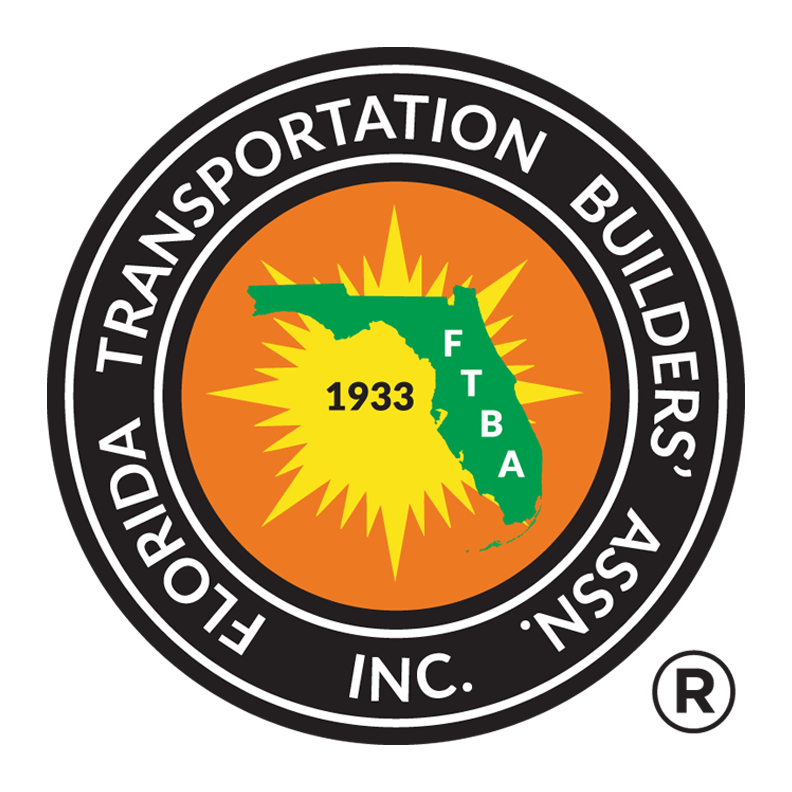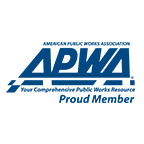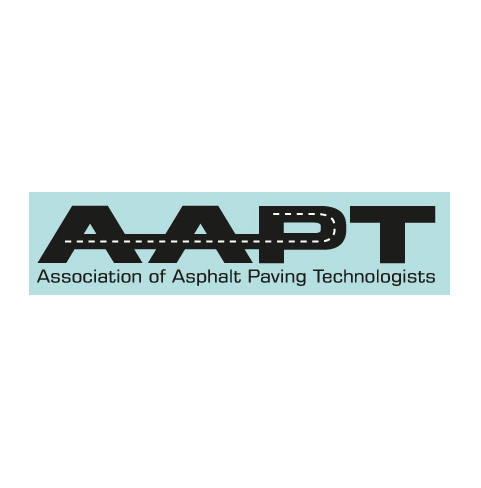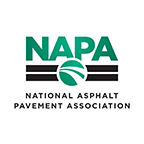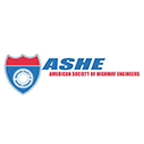What's Wrong with my Pavement?
Your parking lot is one of the largest expenses of your commercial property, and what you don’t know about your pavement could be costing you money! Watch our short video and learn how to identify common pavement distresses to save you future time and unnecessary expenses!
From cracks to discoloration to potholes, issues can happen with your asphalt. Through all the services listed above, our ATS team can complete a forensic analysis to diagnose these problems and suggest solutions to extend the life of your pavement and keep your lots looking on point. Remember: What you don’t know about your pavement may be costing you money. Parking lots and adjacent paved areas are costly expenditures for commercial property owners. Getting the longest life possible from your asphalt surface makes good business sense. Fortunately, it is an investment you can easily protect through standard monitoring and maintenance. Below are some common asphalt distress types and possible solutions:
Raveling & Potholes
Raveling is the loss of aggregate particles from the surface of an asphalt pavement. This loss of aggregate progresses over time allowing the pavement to collect water, also creating loose debris on the roadway and a rough ride for the traveling public. The most typical cause of raveling is the loss of adhesion or cohesion of the asphalt binder to either the aggregate or to other coated particles in the pavement structure.
- Solution:
- If caught early enough, raveling can be slowed or halted by applying asphalt sealcoat or fog seal.
- Small localized areas creating potholes can be repaired with cold patch materials, such as EZ STREET® Pothole Repair.
- Larger areas may need to be addressed with full hot mix asphalt patches, along with an evaluation of the area for water intrusion sources that may be contributing to this type of failure.
Polished Aggregate
Polished aggregate is caused by repetitive wear of aggregate surfaces from traffic, creating a slick, unsafe surface.
- Solution:
- A skid-resistant slurry seal application will provide a higher friction surface and protect the underlying asphalt pavement from continued polishing.
Fuel and Oil Stains
Fuels, such as gasoline and diesels, and oil stains are unavoidable in most parking areas. The high volume of parked vehicles all but guarantees that at some point your asphalt will fall victim to an unsightly stain. Unfortunately, the problem is much bigger than simply being cosmetic. Being light derivatives of the same petroleum crude as asphalt, the motor oil, gasoline and diesels break down the asphalt chemically. This can result in potholes and soft spots affecting the performance of your pavement.
- Solution:
- Depending on severity, asphalt patching and repairing might be necessary.
Grade Depressions
Also referred to as birdbaths, these localized low areas are limited in size and often indicated by standing water. Generally speaking, these are caused by either heavier traffic than the original pavement design intended, weak spots in the base material or localized subsurface drainage issues.
- Solution:
- Based on a field inspection, our trained experts can determine what repairs are needed to level and re-grade your asphalt for proper drainage.
Shoving or Rutting
Shoving or rutting is a fairly regular pattern of wave-like bumps across your pavement surface. This can be caused by instability in the asphalt or asphalt base, or by the presence of heavier traffic than the original pavement design intended. For instance, the regular traffic from waste management vehicles pulling in and out often causes the asphalt to shove or push up into ruts.
- Solution:
- The most effective way to repair rutting is to completely remove the damaged area and replace with a pavement specifically designed to handle the traffic load.
Cracking
To understand cracking, one must understand asphalt. A good analogy would be to think of asphalt as the icing on a cake. The icing is only as good as the cake it sits on. Similarly with asphalt, it’s only as good as the base it sits on. Most cracks are formed from underneath the asphalt and reflect up through the asphalt. Understand there are more variables that go into the equation – such as water, oxidation and traffic. By nature asphalt is designed to be a flexible pavement. This makes it more forgiving than concrete. When asphalt is new, it is able to handle slight movements in the base such as settling, but as asphalt ages from exposure to water, the sun and other elements, it begins to lose its flexibility, becoming brittle. Instead of giving in unstable areas, it is more likely to crack.
There are numerous types of cracks that occur in your pavement. Each type can be the result of various factors: pavement movement, shrinkage of asphalt mix due to oxidation, weak or weathered joints, extreme temperature changes, surface layer movement or failing base material. The most common types include:
Alligator Cracking
A series of interconnecting cracks spread over a portion of your pavement in a pattern resembling the skin of an alligator. This is caused by weakness in surface base or subgrade and is associated with excessive lading/constant traffic. This is the most severe cracking and can create the most problems, such as roughness, structural failure and ultimately potholes, costing the most money, if not fixed.
Longitudinal Cracking
Reflective cracking parallel to pavement’s centerline, longitudinal segregation due to improper operation of paver or poor join construction. This can cause roughness, moisture infiltration, onset of fatigue cracking and structural failure.
Reflection Cracking
Cracked asphalt occurring directly over underlying pavement joints or existing cracks caused by movement at the original crack. These cracks literally reflect the cracking pattern on an existing asphalt base that has been resurfaced without being properly repaired or crack filled. This allows moisture infiltration and cause roughness.
- Cracking Solution:
- Depending on severity, cracks can be repaired by saw cutting, removing and replacing the damaged areas. In some cases, a crack seal can be applied and then the surface can be sealcoated to protect against future cracking.







